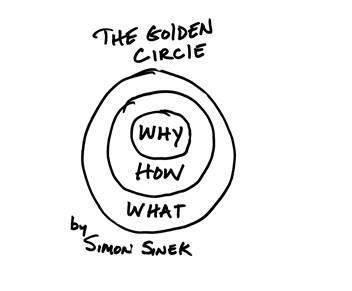Tijdens Talent Review Meetings stel ik herhaaldelijk vast dat die medewerkers die niet gekend zijn door de meerderheid van leidinggevenden rond de tafel, nauwelijks kans maken om als ‘high potential’ geïdentificeerd te worden.
Is dit problematisch?
Ja, want hierdoor zijn het telkens de ‘usual suspects’ die uitgenodigd worden om extra uitdagingen op te nemen.
Ja, want hierdoor missen we een breder zicht op wie ook verder kan evolueren.
Ja, want hierdoor missen we diversiteit in de pool van medewerkers die willen en kunnen doorgroeien.
Ja, want zo krijgen medewerkers mét potentieel, die weinig zichtbaar zijn, mogelijks
- onvoldoende erkenning mét mogelijke impact op hun retentie.
- onvoldoende ontwikkelingsgerichte feedback in lijn met hun aspiraties
Wil je als organisatie jouw talent pool vergroten met ‘hidden potentials’?
Enkele tips:
1. voer regelmatig een dialoog over aspiraties met elke medewerker
2. introduceer teamleden in jouw netwerk – ga lunchen met een ‘onbekende’ collega of spreek af aan de koffiemachine
3. meet potentieel door medewerkers een vragenlijst te laten invullen zodat een rapport verhelderd wie welk type potentieel toont
4. organiseer ‘blind dates’ voor teamleden met iemand waarvan jij denkt dat de ander kan ‘leren’
5. start met mentoring
6. wijk af van de ‘usual suspect’ bij de vraag naar een medewerker die aan een strategisch project kan deelnemen
7. bied een podium aan, zodat een medewerker zijn/haar expertise kan delen
8. neem risico’s bij het invullen van vacatures … een 60% match van het profiel is een goede start
9. neem deel aan workshops of opleidingen buiten je team
10. vraag 3 collega’s wie jij zeker dient te leren kennen in de organisatie
Al deze acties maken potentieel meer zichtbaar, net alsof er geleidelijk een regenboog verschijnt vanachter het wolkendek.


















